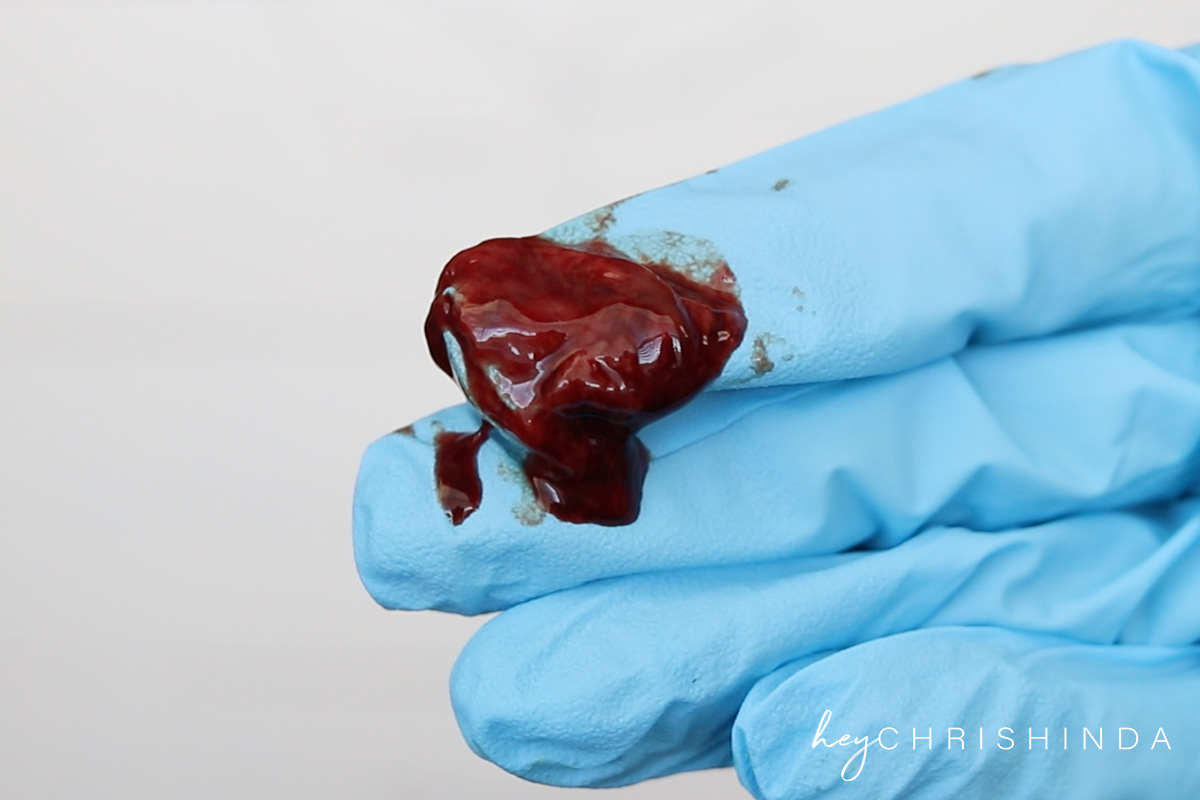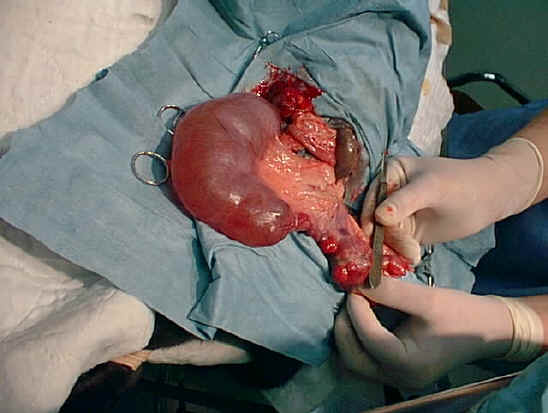

When an early pregnancy is lost, it can lead to heavy bleeding, cramping, and clotting. Many of these pregnancy losses occur before a woman even knows she’s pregnant. MiscarriageĪccording to the March of Dimes, as many as half of all pregnancies end in miscarriage. For example, your periods may be later or longer than usual or you may miss them entirely. The main symptom of a hormonal imbalance is irregular menstruation. Some things that can cause a hormonal imbalance are: If there’s too much or too little of one or the other, you could have heavy menstrual bleeding. In order to grow and thicken properly, the uterine lining relies on a balance of estrogen and progesterone. CancerĪlthough rare, cancerous tumors of the uterus and cervix can lead to heavy menstrual bleeding. In addition to prolonged, heavy bleeding, this common condition can cause the uterus to grow two to three times its normal size. That causes the uterus to enlarge and thicken. AdenomyosisĪdenomyosis occurs when the uterine lining, for unknown reasons, grows into the uterine wall.
.jpg)
The exact cause for endometriosis isn’t known, although heredity, hormones, and previous pelvic surgery are thought to play a role. abnormal bleeding, which may or may not include clotting.nausea, vomiting, and diarrhea around the time of your period.Around the time of your menstrual period, it can produce: EndometriosisĮndometriosis is a condition in which cells that resemble the uterus lining, called endometrial cells, grow outside the uterus and into the reproductive tract. The cause is unknown, but genetics and the female hormones estrogen and progesterone likely play a role in their development. Up to 80 percent of women will develop fibroids by the time they’re 50. Besides heavy menstrual bleeding, they can also produce: When the uterus isn’t properly contracting, blood can pool and coagulate inside the well of the uterine cavity, and form into clots that are later expelled.įibroids are typically noncancerous, muscular tumors that grow in the uterine wall. Obstructions can also interfere with the uterus’s ability to contract. That can increase menstrual bleeding and clots. Uterine obstructionsĬonditions that enlarge or engorge the uterus can put extra pressure on the uterine wall. Heavy flows increase your chances of developing menstrual clots. Physical and hormonal factors can impact your menstrual cycle and create a heavy flow. What are underlying causes for menstrual clots?

One-third of women have flows so heavy they soak through a pad or tampon every hour for several hours. Your flow is considered normal if menstrual bleeding lasts 4 to 5 days and produces 2 to 3 tablespoons of blood or less.įor women with heavier flows, excessive bleeding and clot formation can be prolonged. For many women with normal flows, heavy flow days usually occur in the beginning of a period and are short-lived. This blood clot formation is most common during heavy blood flow days. However, when the blood flow outpaces the body’s ability to produce anticoagulants, menstrual clots are released. To aid in the breakdown of this thickened blood and tissue, the body releases anticoagulants to thin the material and allow it to pass more freely. The cervix is the opening of the uterus.Īs the uterine lining sheds, it pools in the bottom of the uterus, waiting for the cervix to contract and expel its contents. This mixture is then expelled from the uterus through the cervix and out the vagina. This is called menstruation, also known as a menstrual period or period. If pregnancy doesn’t occur, other hormonal events signal the lining to shed. Its purpose is to help support a fertilized egg. The endometrium grows and thickens throughout the month in response to estrogen, a female hormone. The uterine lining is also called the endometrium.

Most women of childbearing age will shed their uterine lining about every 28 to 35 days.


 0 kommentar(er)
0 kommentar(er)
